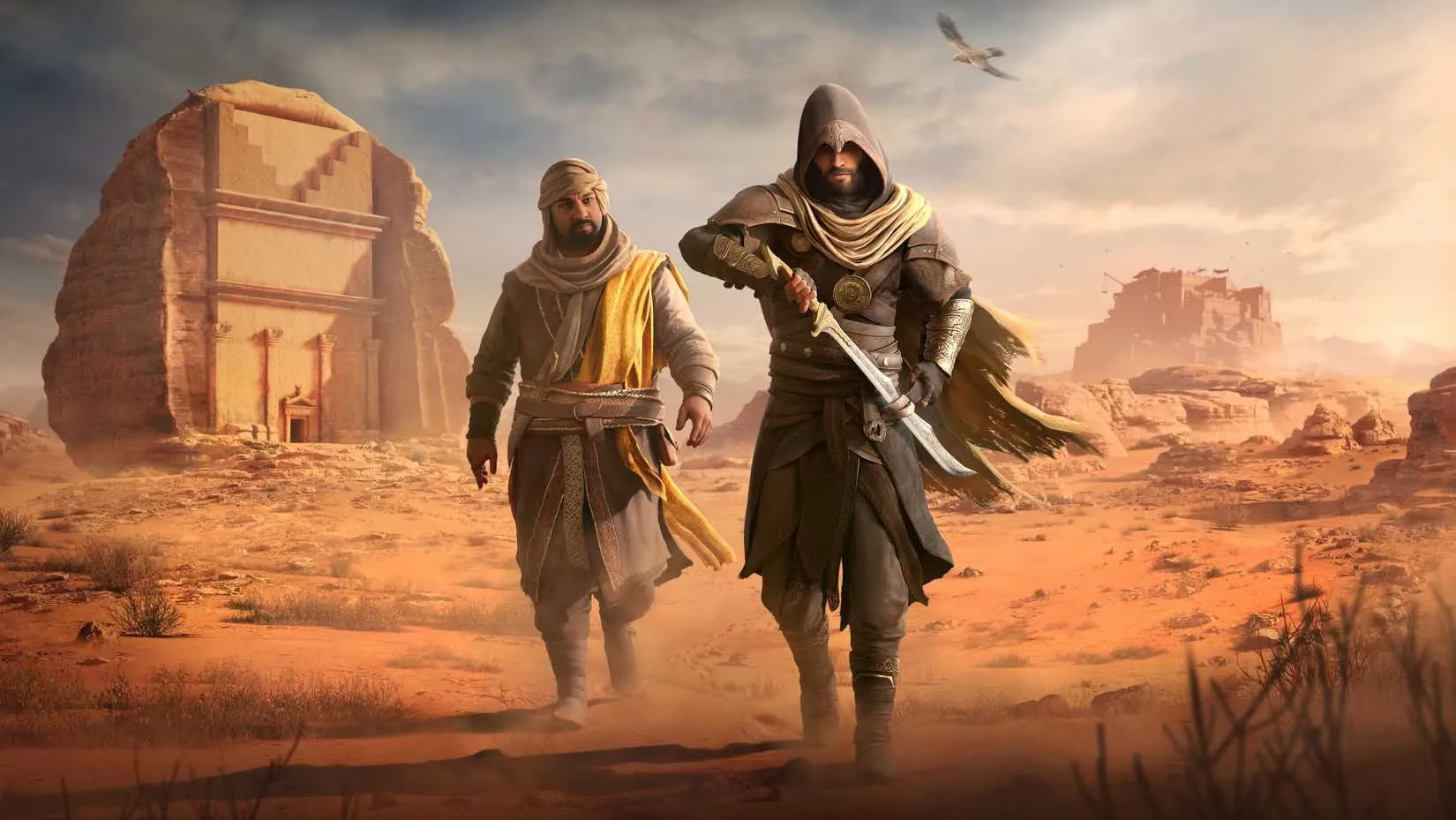As an Assassin's Creed veteran diving back into Basim's world, I'm thrilled to finally explore the Valley of Memory DLC after Ubisoft's Japanese detour. This expansion transports us to the breathtaking Valley of AlUla - a radical departure from Baghdad's crowded streets. When I first saw those sandstone cliffs glowing in the desert sun, I knew this wilderness setting would completely transform how I approach parkour and stealth. What fascinates me most? This isn't just fantasy; it's grounded in real archaeological discoveries happening right now in Saudi Arabia.
Why Wilderness Over Cityscape?
The developers originally considered AlUla for the base game, but Creative Director Olivier Leonardi explained why Baghdad won out: "When we said we wanted an OG experience in Mirage, you immediately think about an urban environment—something that favors parkour." That condensed city design honored the series' roots, but left the wilderness unexplored. Now in 2025, we get to experience both worlds!

People Also Ask: How does parkour work without buildings?
Leonardi admitted this was their biggest challenge: "We had to design new ingredients that would fit this environment while preserving that core parkour experience." From what I've seen, they've created:
-
Cliffside climbing mechanics using natural rock formations
-
Canyon ziplines replacing rooftop leaps
-
Sand dune sliding animations
-
Oasis tree-to-tree swinging systems
🏜️ Wilderness Gameplay Pillars Reimagined
Stealth actually adapts better than parkour to the desert environment according to Leonardi. In the DLC's wilderness areas, we get:
| Pillar | Urban Adaptation | Wilderness Innovation |
|---|---|---|
| Parkour | Precise building jumps | Organic rock climbing paths |
| Stealth | Crowd blending | Sand dune concealment |
| Combat | Alleyway skirmishes | Open-canyon tactical battles |
"You have the same opportunities for playing pure stealth as full-blast combat!" Leonardi promised. New tools include:
-
Noise-making traps to lure enemies into canyon ambushes
-
Disappearing-body techniques for sand burials
-
Eagle vision highlighting heat signatures across dunes
Historical Accuracy in Real-Time
What blows my mind? Ubisoft collaborated directly with archaeologists excavating AlUla right now. Producer Vincent Maulandi-Rabbione shared how ongoing discoveries impacted development: "We might come back to you on that in a few months or not." This led to incredible authenticity:
-
Recently corrected location names (Qasr al-Farid → proper Nabataean name)
-
Precise recreations of tombs being unearthed in 2025
-
Actual artifact photos from dig sites
People Also Ask: How accurate are the environments?
Leonardi revealed: "We had immediate direct feedback from archaeologists to create something as accurate as possible." Even rooftop ventilation systems were verified! The most fascinating detail? The Nabataean water management:
"Al-Ula only exists because they became masters of collecting rainwater. Their qanat tunnel system redistributes flash flood waters through underground channels - genius engineering!"
Stolen Goods & Basim's Closure
Beyond archaeology, the new Stolen Goods activity ties beautifully into AlUla's narrative. We meet Hind, a civilian victim of the new raider faction, who tasks us with recovering loot not for personal gain, but to redistribute to locals. This creates moral depth missing from typical fetch quests.
Leonardi connected this to Basim's personal journey: "This DLC explores reconciliation and closure regarding his father's disappearance." We'll uncover:
-
Why Basim was abandoned at age 7
-
The Caliphate's role in exiling his father
-
How these revelations shape the Basim we know from Valhalla
✨ Unexpected Historical Gems
Beyond gameplay, I'm fascinated by the real-world surprises the archaeologists shared:
-
Chinese artifacts proving unexpected desert trade routes
-
Astronomical alignments where solstice shadows hit specific temple points
-
Rainwater harvesting that sustained civilization with just 10-minute storms
Leonardi summed up the magic best: "Every call with experts revealed new stories." This living history approach makes Valley of Memory feel less like a static game world and more like participating in ongoing discovery. As I prepare to dive in, I'm left wondering - what other secrets will we uncover about Basim and this ancient desert civilization when the sands shift?